Blog overview

Working less to Achieve more: why we think the 4-day Workweek will work
Summer is almost coming to an end. Schools have started up again and most people have returned to work by now. If you were able to enjoy some time off, I hope it did you well. What I’m also wondering...
Recent posts

From saving up leave to smart leave planning
Give employees freedom and peace of mind A spontaneous weekend away with a new...

Holiday pay: when is it due?
Your business is running smoothly, your team is happy, and everything feels...
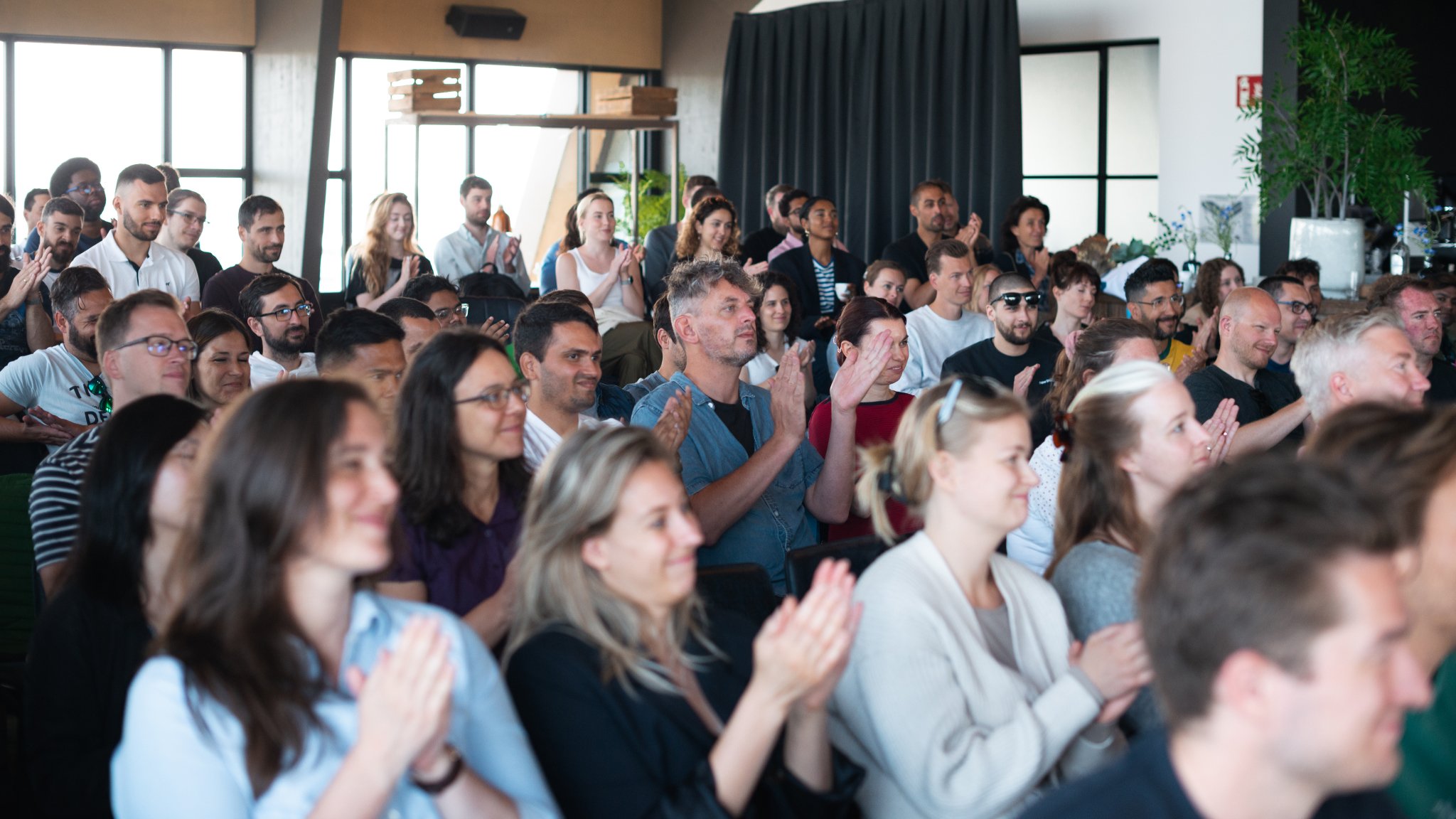
Nmbrs wins FD Gazellen Award for the fifteenth time in a row
Fifteen times! That is how often we at Nmbrs have received the FD Gazelle...

Where can I find my annual statement?
Almost everyone receives one: the annual statement. But what exactly is an...

End of year bonus: How are taxes calculated?
The end of the year is approaching, and for many people that means not just...
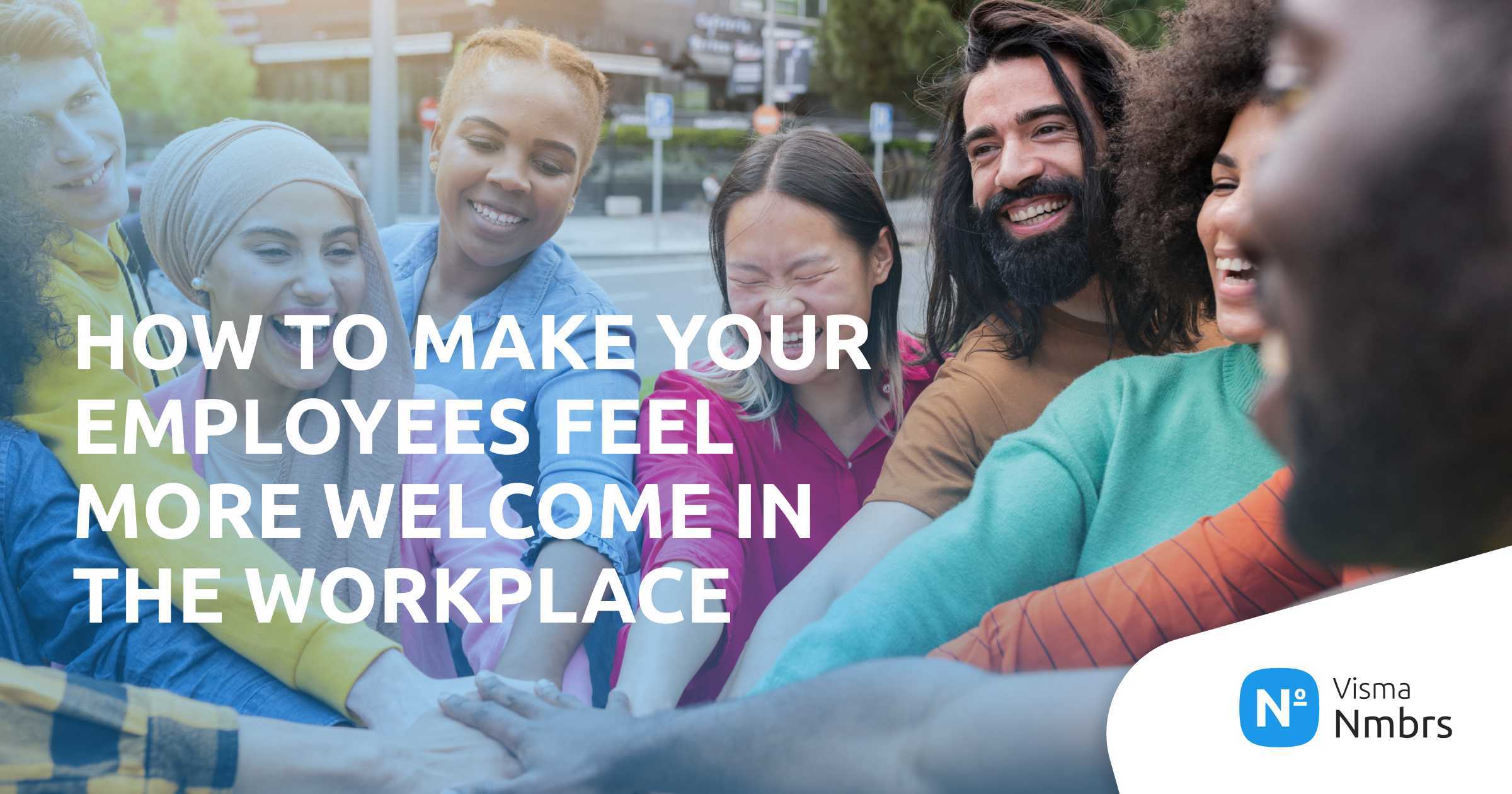
How to make employees feel more welcome in the workplace
Paying attention to how our employees are seen and heard as soon as they step...

Receive monthly updates in your mailbox
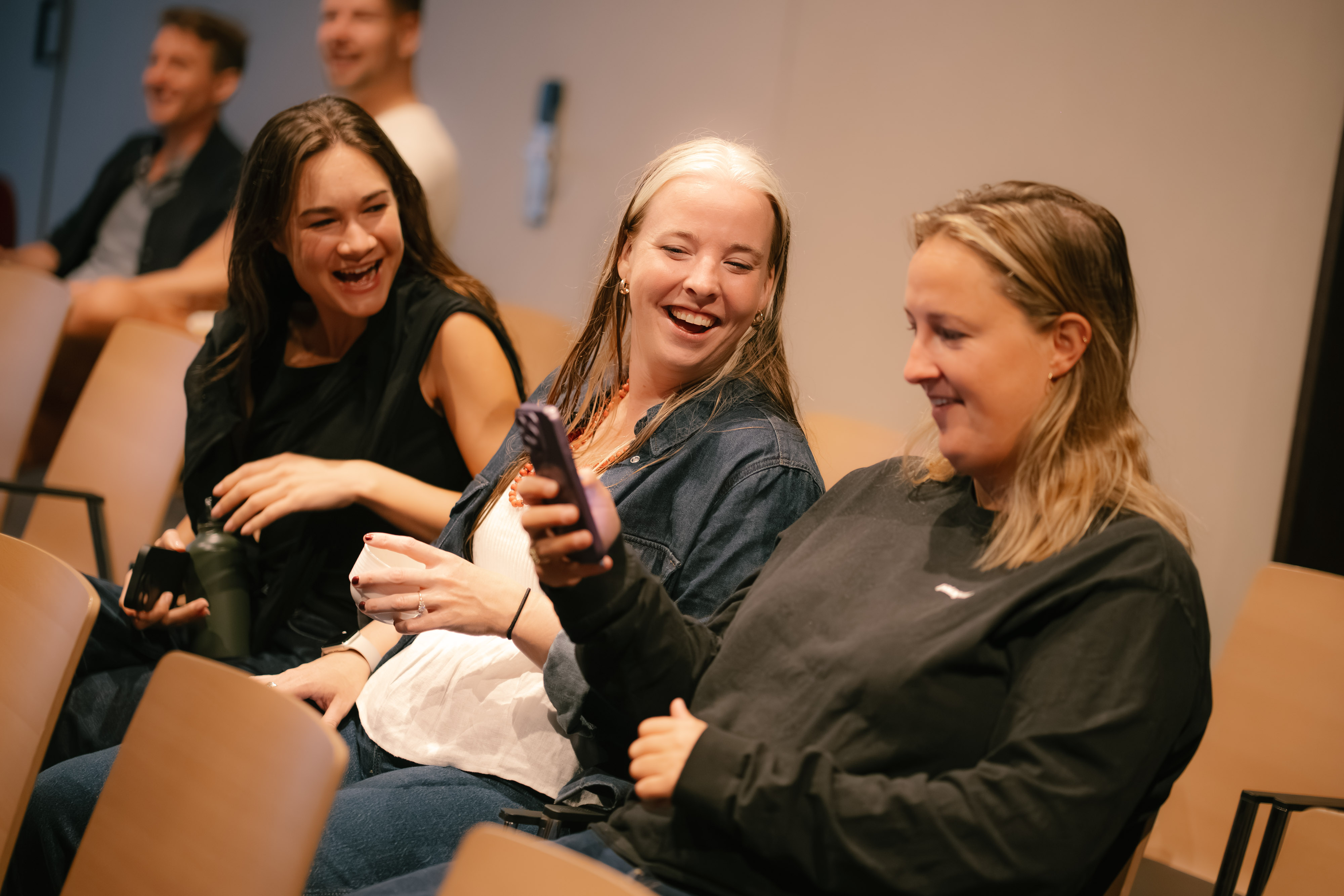
The Nmbrs ESS app: offer extra service at no extra cost
As an accountant or payroll specialist, you know the problem: repetitive...

Smart integrations for the hospitality sector
Suppose you are an employer with a new restaurant. You are looking for useful...

Thanks to Nmbrs integrations, accountants and employers excel
Each product must do what it does best. We are firm believers of this...
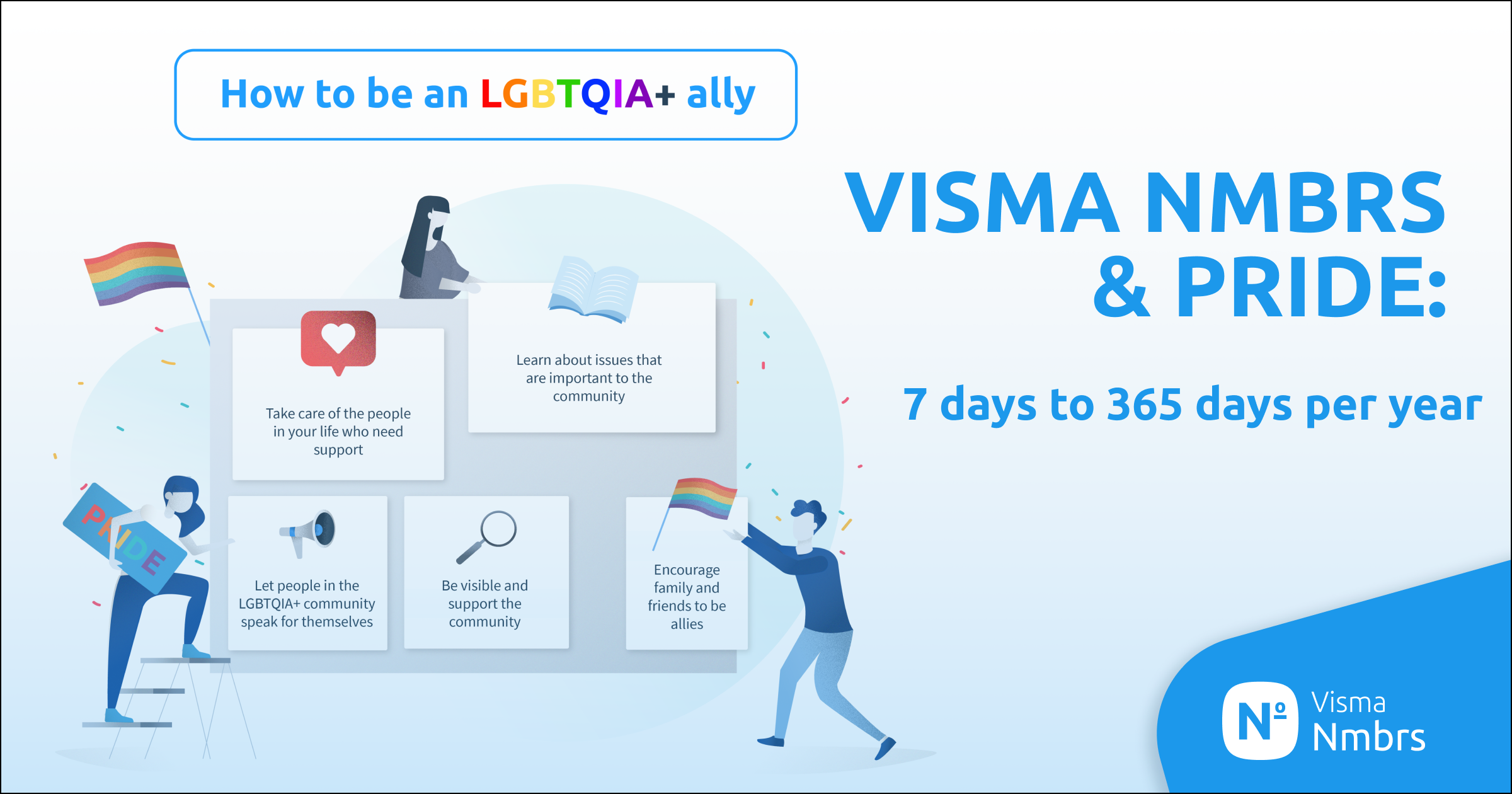
Visma Nmbrs & Pride: from 7 days to 365 days per year
Yay! Pride week started this Saturday on the 30th of July. That means that this...
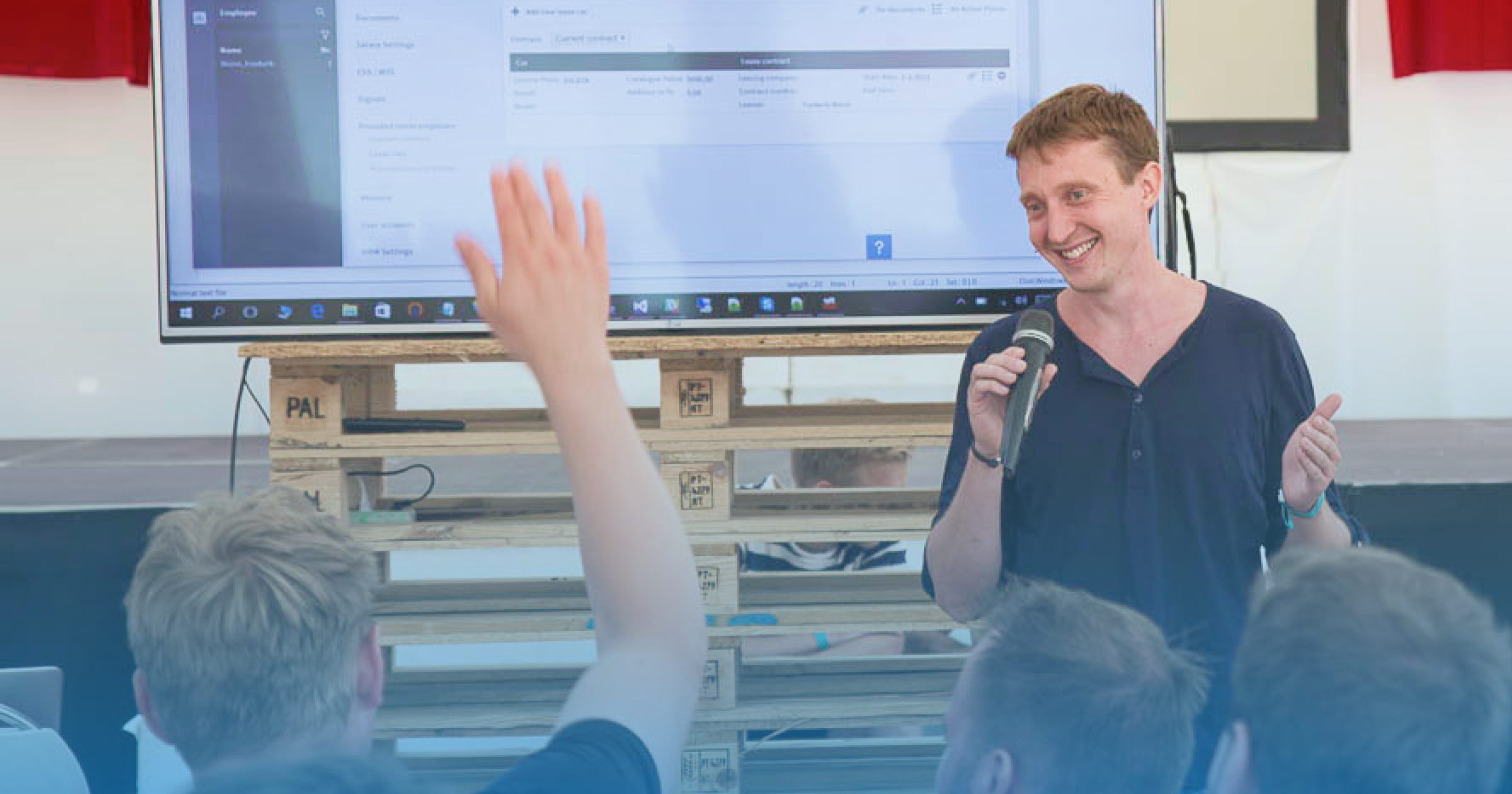
It’s all about the journey: Wouter Hofman
Meet Wouter Hofman. He is a QA from Purmerend in The Netherlands, and today he...
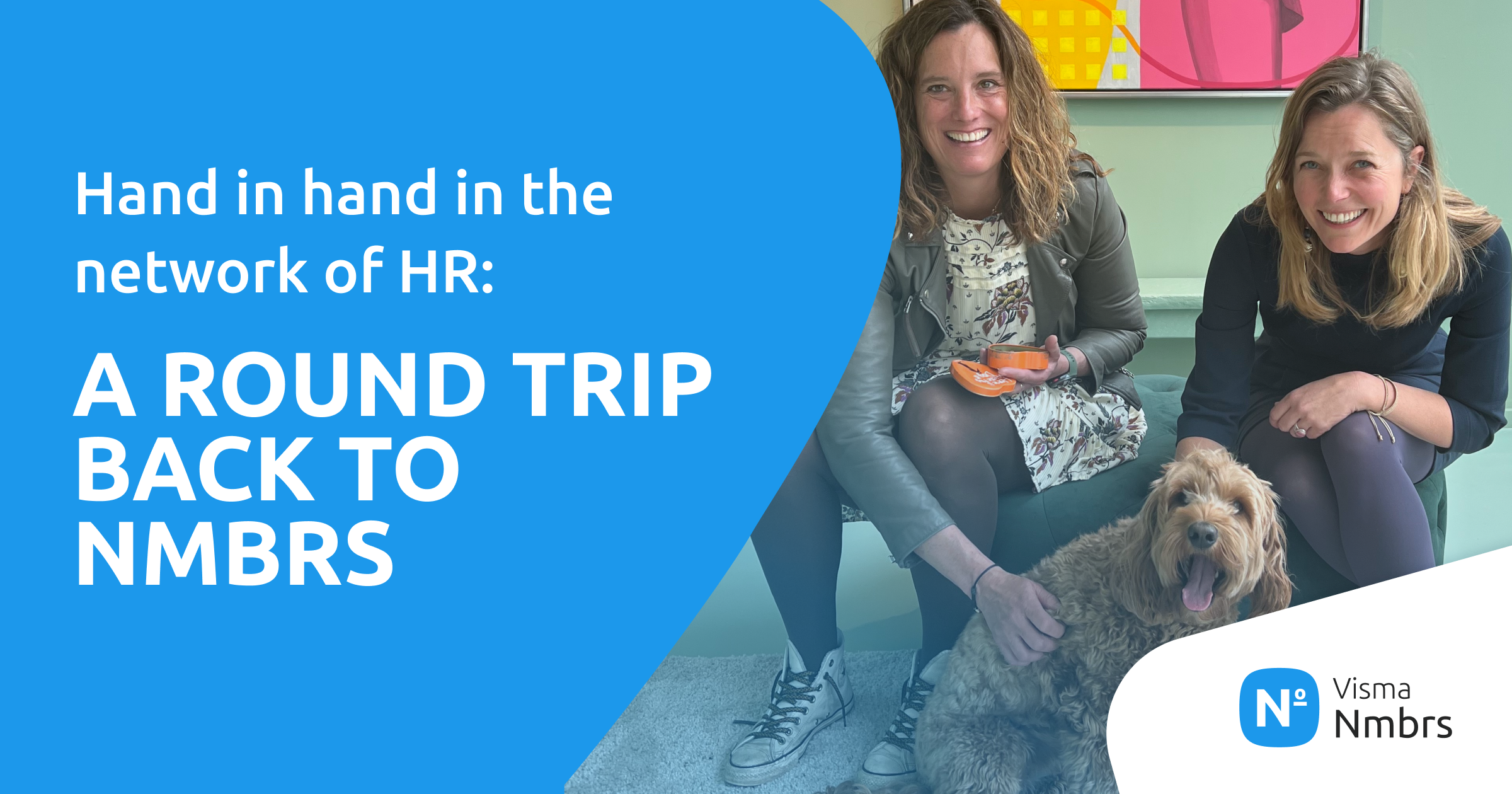
A round trip back to Nmbrs
We have come full circle. That with the succession of Mariel Dommering by...
All articles

From saving up leave to smart leave planning
Give employees freedom and peace of mind A spontaneous weekend away with a new...

Holiday pay: when is it due?
Your business is running smoothly, your team is happy, and everything feels...

Nmbrs wins FD Gazellen Award for the fifteenth time in a row
Fifteen times! That is how often we at Nmbrs have received the FD Gazelle...

Where can I find my annual statement?
Almost everyone receives one: the annual statement. But what exactly is an...

The Nmbrs ESS app: offer extra service at no extra cost
As an accountant or payroll specialist, you know the problem: repetitive...

End of year bonus: How are taxes calculated?
The end of the year is approaching, and for many people that means not just...

Smart integrations for the hospitality sector
Suppose you are an employer with a new restaurant. You are looking for useful...

Thanks to Nmbrs integrations, accountants and employers excel
Each product must do what it does best. We are firm believers of this...
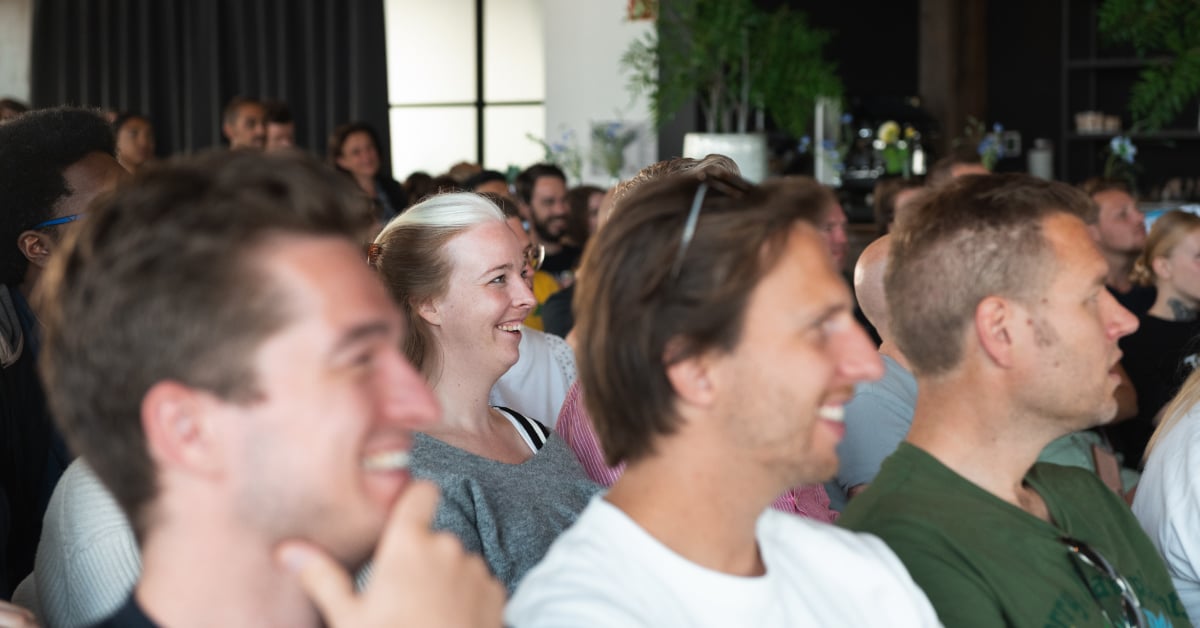
Nmbrs API's. It's as simple as that.
The world of APIs sometimes feels like a maze. What is the difference between...

Working less to Achieve more: why we think the 4-day Workweek will work
Summer is almost coming to an end. Schools have started up again and most...

How to make employees feel more welcome in the workplace
Paying attention to how our employees are seen and heard as soon as they step...

Visma Nmbrs & Pride: from 7 days to 365 days per year
Yay! Pride week started this Saturday on the 30th of July. That means that this...
All articles


